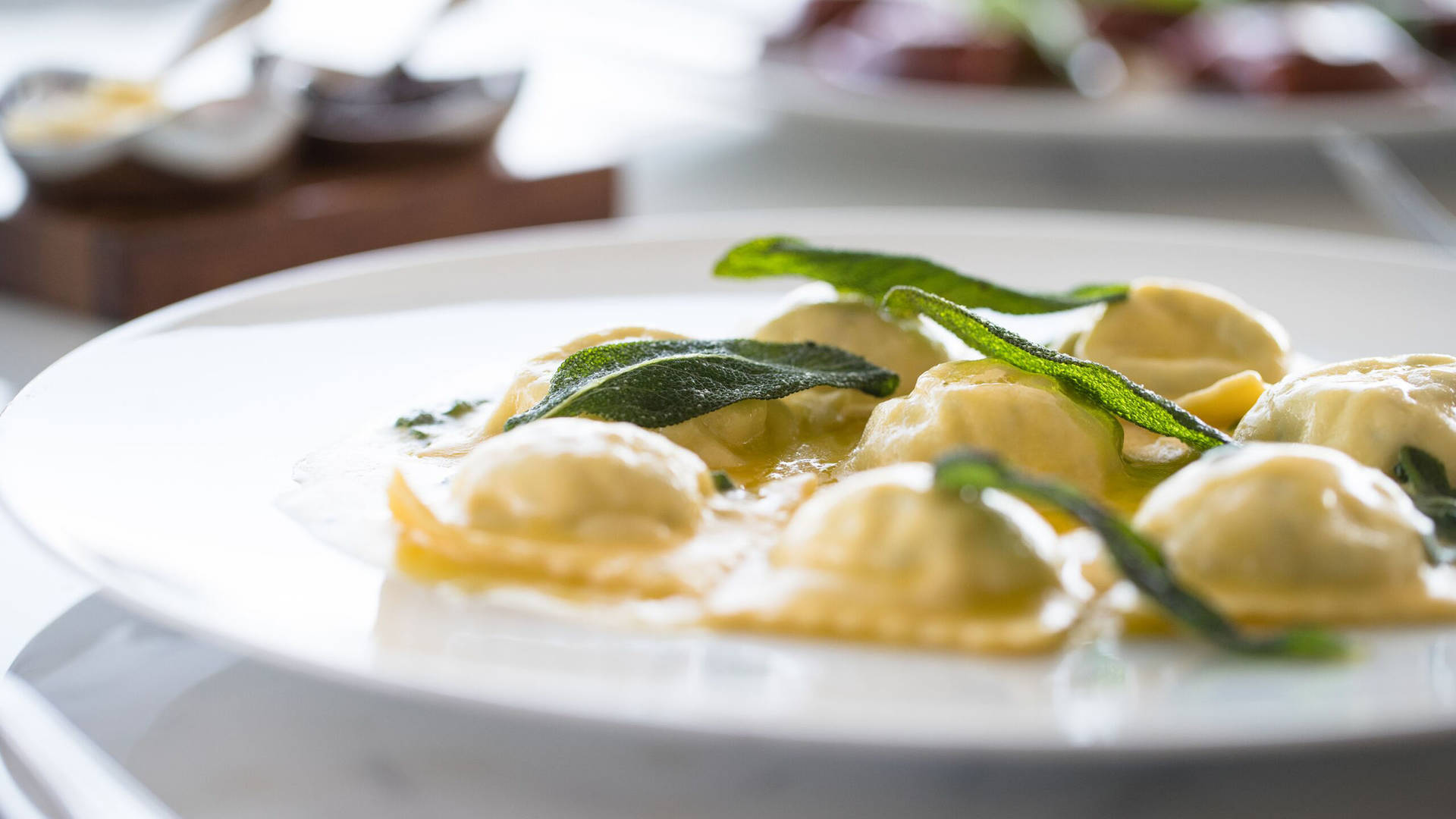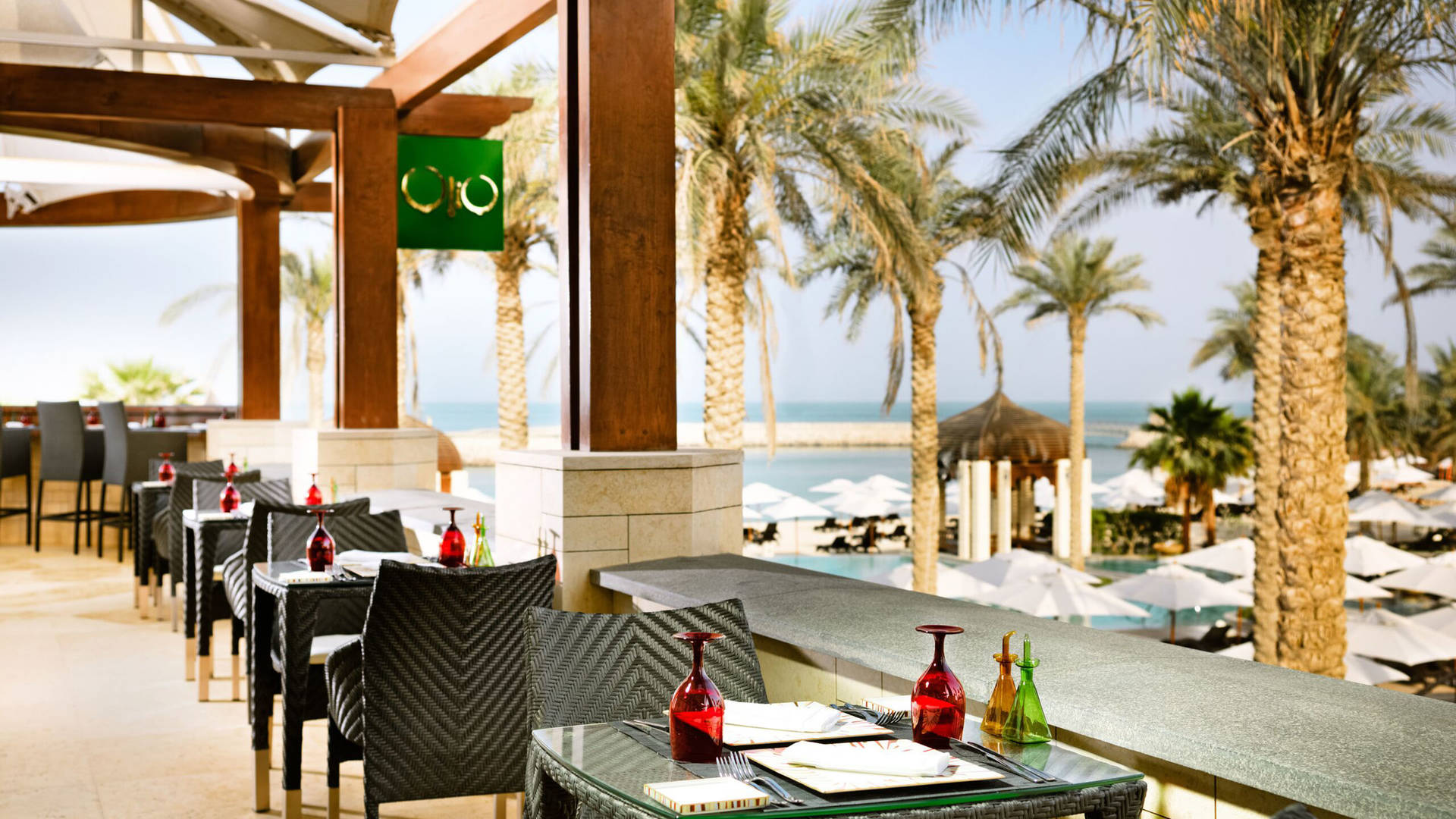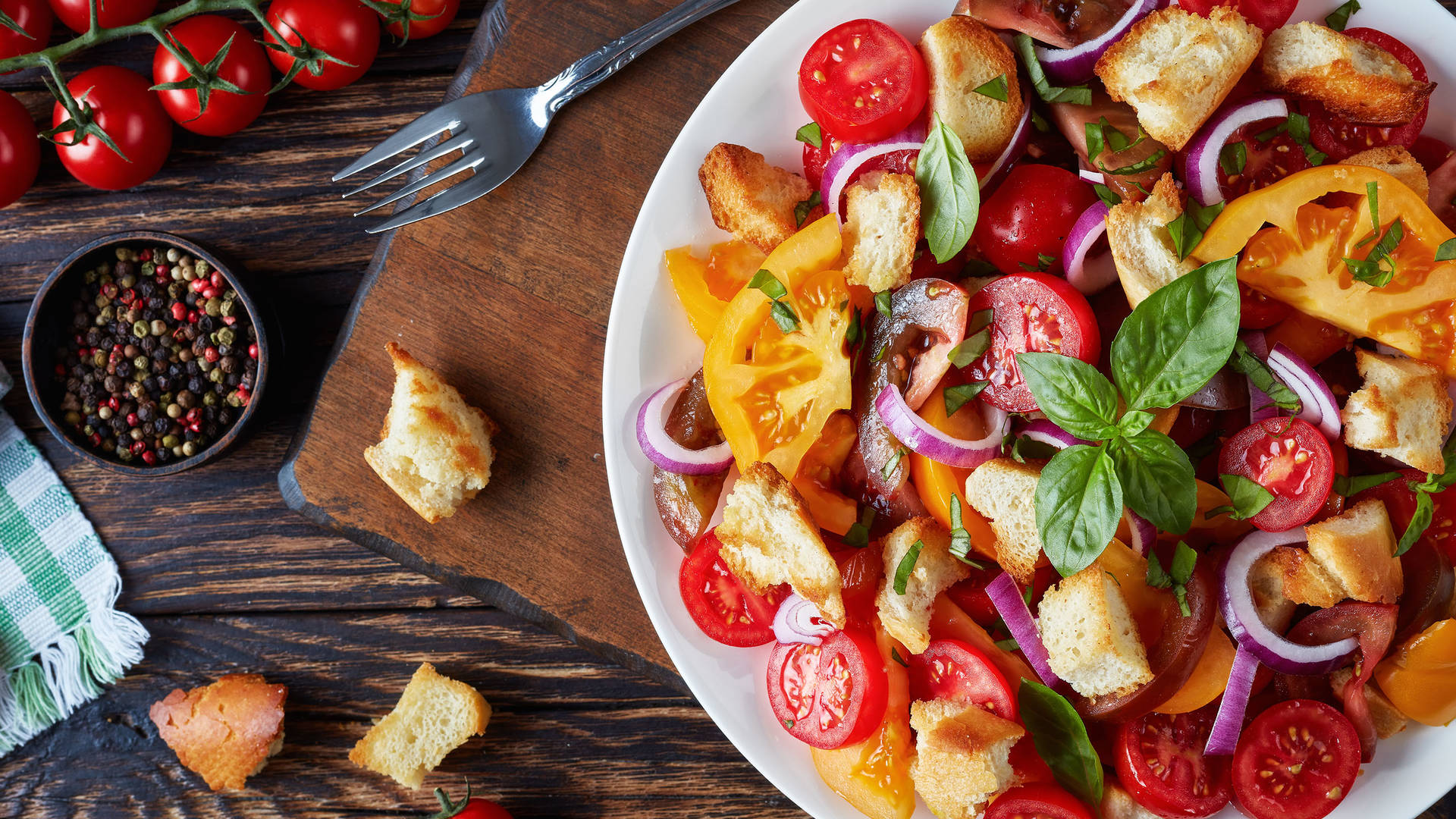Why we love Italian cooking
The flavours and dishes of this culinary country have influenced the menus at many of our restaurants across the world
The flavours and dishes of this culinary country have influenced the menus at many of our restaurants across the world
The flavours and dishes of this culinary country have influenced the menus at many of our restaurants across the world
There is something simple, elegant and comforting about Italian cooking. The style is timeless, yet contemporary and it remains one of the world’s favourite cuisines. We speak to Kafka Pucciarelli, our Director of Food & Beverage at Jumeirah Zabeel Saray, who is Italian in origin, about how we all enjoy cooking and dining the Italian way.
“Italy certainly has much to offer,” says Pucciarelli, “spectacular cities, ancient ruins, wonderful museums, soaring mountains, great beaches and beautiful natural scenery. However, one of the great joys and fun of travelling through the country is the opportunity to discover regional ingredients and cooking methods that allow you to feel part of the ‘family’.”
There is no one style of Italian cooking, each of the regions have different specialities, ingredients and methods. We take inspiration from the ingredients that are commonly served in the North – veal, polenta, cheese and truffles – and the zingy citrus fruit, juicy tomatoes and thin-crust pizzas that are typical of the south. This is certainly the case at Jumeirah Emirates Towers’ Alta Badia, where the flavours of the mountainous northernmost region are served, such as warming beef cheek ravioli. Afterwards, tiramisu makes for a delicious Italian dessert. “Only created in the 1970s, this dish comes from the Veneto region, near Venice, and is made with layers of savoiardi biscuits and mascarpone. Because the sponge fingers are soaked in coffee, the name means ‘pick me up’ in Italian,” says Pucciarelli.

To help guests feel like they are truly embarking on an Italian journey while sitting at the table, we like to share some fun facts to accompany their experience, observes Pucciarelli. “Like, did you know there are more than 600 kinds of pasta? From different sizes of stuffed ravioli, to shapes such as penne, spaghetti, curly spirali and much more. Each one is designed to complement a different dish.”
“The Italian character is fun, easy going and exhibits a real love for life, and when this is translated into food it’s really appreciated by our diners,” says Kafka. “Here at Jumeirah Zabeel Saray, we might not have an Italian restaurant. However, at Plaj, our pool and beach restaurant, the offer is light and fresh and so a few Italian and Mediterranean-inspired dishes are a must, such as the classic margherita pizza, spaghetti al pomodoro, rigatoni alla bolognese and our healthy and vegetarian twist on a bolognese, which features puy lentils.
Meanwhile, Mare Mare at Jumeirah Saadiyat Island Resort makes the most of fresh seafood on its alfresco terrace with dishes like spaghetti alle vongole (pasta with clams), and crispy wood-fired pizzas are a popular addition to the Italian menu at the delicious Olio at Jumeirah Messilah Beach Hotel & Spa.

“When describing Italian cuisine, my mother always used the word ‘simplicity’,” says Pucciarelli, who shares two recipes that are easy to make at home – perhaps with the help of family and friends. The first – panzanella – is the iconic tomato and bread salad that’s served throughout Tuscany, while pappa al pomodoro, a summertime classic, is bursting with the fresh flavours of tomato and basil. Both are great recipes for using up any unwanted loaves you might have, as they work best if the bread is slightly stale. “In Italy, we call these ‘
piatti di recupero – recipes that use leftover and easy-to-find ingredients.”

Ingredients
1 small onion, sliced thinly
red wine vinegar
4 slices stale bread, sliced into cubes
1 large tomato, chopped in bite-sized pieces
1 small cucumber, sliced
1 tablespoon olive oil, plus more for drizzling
handful of chopped fresh basil
salt and pepper to taste
Method
Ingredients
50ml olive oil, plus extra for drizzling
1 large onion, finely diced
6 garlic cloves, finely chopped
chilli flakes
800g tinned San Marzano tomatoes, or another high-quality variety
4 sprigs of basil
1tsp sugar
200ml vegetable stock
200g stale bread, crusts removed, torn into chunks
salt and pepper to taste
Method
Buon Appetito! Discover exquisite Italian cuisine in exceptional locations around the world with Jumeirah Hotels & Resorts.